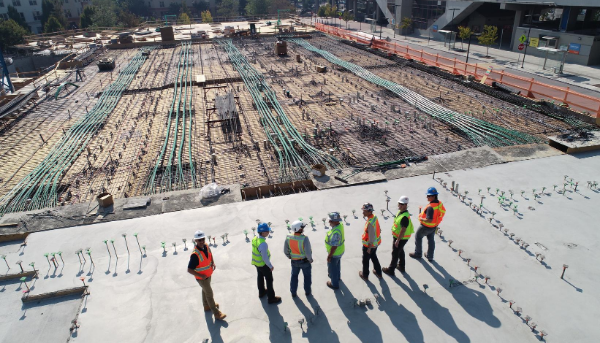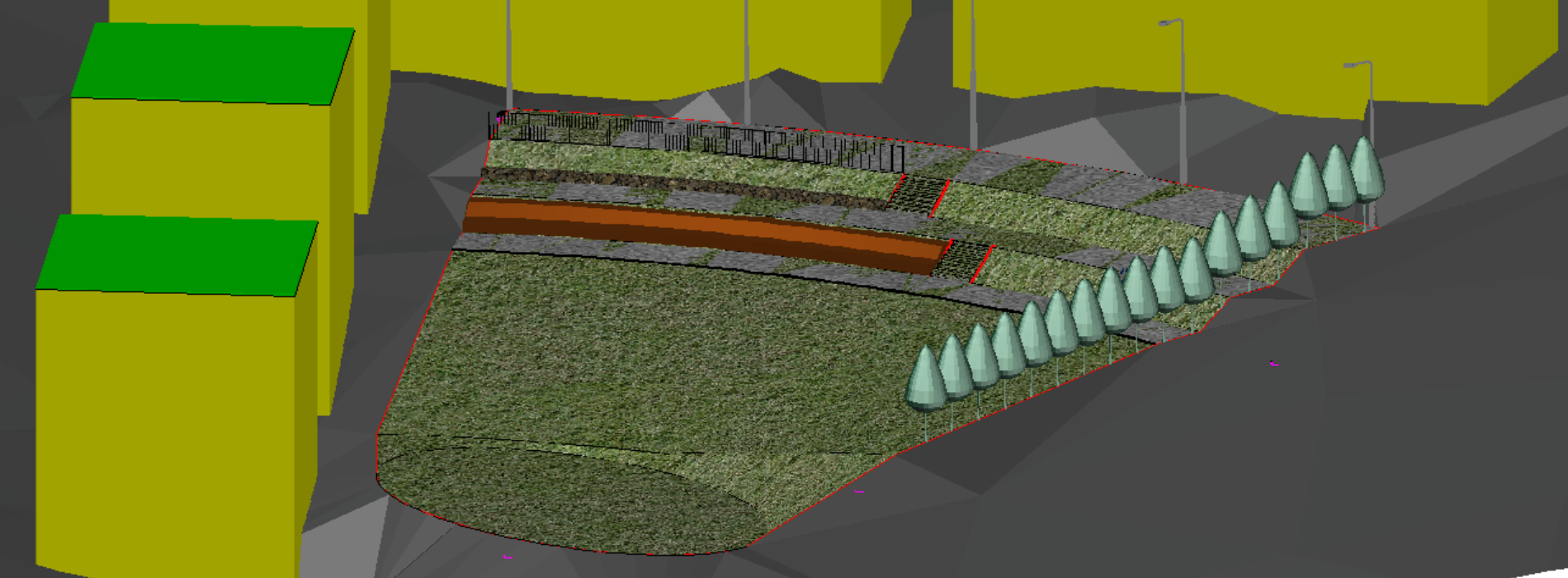In the dynamic world of building design and construction, fire safety engineers play a crucial role in ensuring the safety and well-being of occupants. As a fire safety engineer, you know that accuracy and efficiency are paramount to delivering successful projects. That's where Bimfire comes into play.
Gone are the days of working in isolation or retrofitting fire safety solutions into completed architectural designs. Bimfire allows you to integrate fire safety design directly into the architectural model, ensuring a holistic approach to building safety. By visualizing fire safety elements within the overall design, you can identify potential clashes early on and make informed decisions that prioritize occupant safety without compromising the architectural vision.
What is Naviate Bimfire?
Bimfire is made for Fire Engineers to work directly in Revit. It enables you to transmit data from your Fire Safety models to the other stakeholders in a building project. Instead of writing documentation and redlining Fire Safety drawings on the architectural PDF (and making endless rounds of revisions, sending hundreds of emails, and trying to keep track of things in spreadsheets), Bimfire enables you to add documentation right into the building model — and to the elements within the underlying model too. This makes it much easier to add, find, and update fire safety information as needed.
How does Bimfire work?
- Open up Revit with the Bimfire installed, then link the model you want to work on.
- Add the symbol you want on top of the building model. That symbol then automatically connects to the underlying object, whether that’s a door, window, wall, floor, you name it.
- Add BIM data as needed.
- Other project stakeholders can then just import the information and the data is automatically connected to their model — as well as to the corresponding objects, sheets, views, and so on.
If there’s a change to the model, the corresponding fire safety data can be updated in Bimfire and distributed to the team without the need for paper, PDFs, and countless rounds of emails.
Let’s look a bit closer at some of the main benefits of Bimfire.
The benefits of Fire Safety planning with Bimfire
Plan your fire safety models faster
With Bimfire, you can plan your Fire Safety designs in 3D. Being able to plan in 3D allows for a more comprehensive understanding of the project. For example, in 3D, it’s easier to identify fire protection requirements and determine which walls or shafts need to be fire-protected. You just open up the model and tag it as needed — for defining compartmentations and different requirements such as egress, resistance, and smoke exhaust. You can also perform clash detection between mechanical, plumbing, and fire safety models, leading to better coordination throughout the building project.
Collaborate better with other project stakeholders
One of the key challenges in building projects is the coordination between various design disciplines. With Bimfire, you have a shared platform where you can exchange information, clarify design intents, and collaborate on fire safety elements in real-time. By working together from the outset, you can integrate fire safety seamlessly into the architectural model, saving time and reducing the risk of conflicts down the line.
Easily detect clashes and conflicts
Clashes and conflicts between architectural elements and fire protection systems can lead to costly rework and delays. Imagine you’re designing a new apartment building. Every door that you add to the model will cost 2000 euros. There are several factors that could lead to door calculations being off, from fire resistance, reaction to fire, min clear width / heights, and evacuation requirements, just to name a few. These specifications can be easily missed if you’re just reading the requirements from documentation instead of having requirements directly on that door, which makes compliance miles simpler and, of course, saves a bunch of time.
Bimfire's Dense Compartment feature acts as your vigilant assistant, scanning the model and pinpointing potential conflicts. By identifying these issues in the virtual environment, you can collaborate with architects to resolve conflicts before they become costly problems on site. This not only saves time and money but also reinforces your expertise as a proactive fire safety engineer.
As you can see, the benefits of using Bimfire are pretty great for fire safety engineers, but also for architects, engineers, and even building owners.
🔎 Want to try Bimfire for yourself? Get a free demo of Bimfire today.




